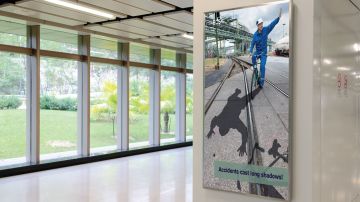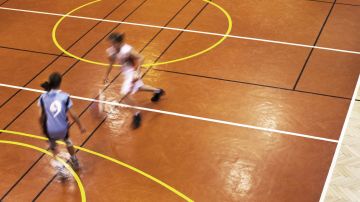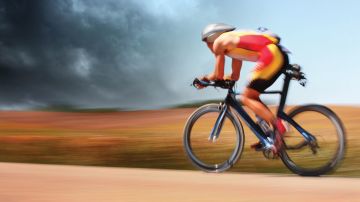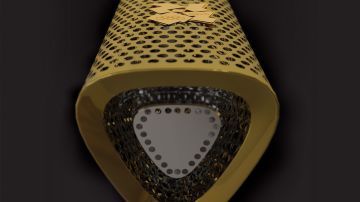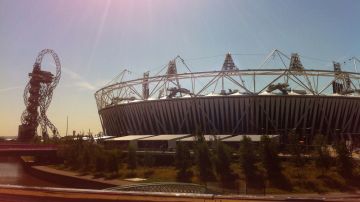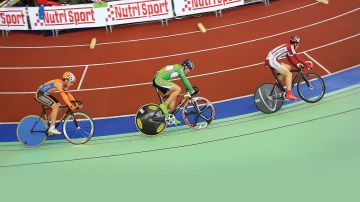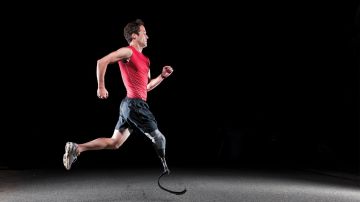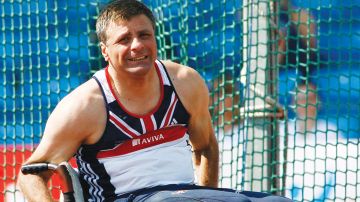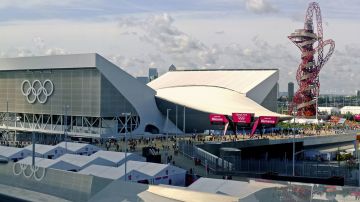Who would have imagined that clothes – once worn because they were cheap – would today be leading the way in high performance clothing? But that’s the score. And one that both INEOS and Dralon are exceptionally proud of – for very different reasons.
Men and women of a certain age will remember nylon and acrylic.
The synthetic fabrics were popular in the seventies. Nylon didn’t crease and it dried quicker than cotton, and acrylic was bulky and warm. And both were cheap.
But in time, they became products to avoid.
Barry Slater, global sales director for INEOS Nitriles, remembers those days well.
“Synthetics were considered the poor alternative to natural fibres,” he said. “Their performance and ‘feel’ were worse, but, they had their own place in the market.”
Then something changed. They changed. Like all athletes, they worked on their performance.
“That’s the good thing about synthetics,” said Barry. “Because they are man-made you can actually play with their properties. You can adjust the mix of the chemicals, you can change the characteristics so that they can compete with natural fibres. And sometimes you can make them even better.”
And that’s what Dralon, the world’s largest producer of dry-spun acrylic fibres, did, drawing on INEOS’ piped supply of Acrylonitrile to make it happen.
Dralon and INEOS share a site in Dormagen, near Köln, which makes life easier for both companies to do business.
Every day more than 200 tons of Acrylonitrile, the principal raw material needed for the manufacture of acrylic fibre, are piped to Dralon where magical things have been happening for years.
“A lot of development has been done there over the years,” said Barry.
“Acrylic, for instance, is a lot softer now. It used to be so strong that jumpers would begin to pill. A lot of work has been done to make the fabric weaker so that the little balls of fluff now fall off.”
The result is that today, world-class athletes swear by both nylon and acrylic clothing to enhance their performance.
Little wonder. Today’s acrylic fabrics are clever. If you’re cold, it keeps you warm, and if you’re hot and sweaty, it does something about it. It soaks up the moisture, wicking it away from the body, and transports it up and out so that it evaporates.
That’s unlike cotton, which, when it gets wet, becomes heavy, leading to blisters on feet. The same applies to denim and why you should never go hiking in it. It gets wet and heavy in poor weather.
“Cotton actually becomes almost round when it is exposed to water and sweat,” said Manfred Borchers, head of marketing and sales worldwide for Dralon.
Tests have also shown that nylon dries 60% faster than cotton, with acrylic performing even better – at 75%.
Socks hold their shape and jackets retain their thermal properties even when they are wet.
Dralon produces 188,000 tons of dry and wet spun acrylic fibres every year at its two German plants. Those fibres are then made into a multitude of high performance clothing including socks, sweaters, T-shirts, ski wear and hats.
“Our dry-spun fibre doesn’t absorb any moisture at all,” said Manfred.
The Acrylonitrile industry is now a more than five-million ton industry.
“INEOS is the global number one maker and marketer,” said Barry. “And we ship it across the world.”
INEOS Nitriles’ top five customers include Dralon, Chi Mei, the world’s largest manufacturer of ABS plastic in Taiwan, and Turkish company AKSA, one of the world’s largest acrylic manufacturers.
It also supplies Acrylonitrile to Japanese synthetic fibre maker Toray Industries, the world’s number one in the manufacture of carbon fibre, which – given time – stands to revolutionise the way we all live, work and play.
“Carbon fibre is effectively roasted acrylic fibre,” said Barry. “But it’s an amazing material.”
One only has to look at the iconic Lotus bike that British cyclist Chris Boardman rode to victory at the 1992 Barcelona Olympics.
The acrylic fibre industry, meanwhile, is not as lucrative as it once was.
“It used to produce two and a half million tons a year but it’s now two million due to the fact that polyester, which is cheaper, is competing with it,” said Barry.
He said it was one of the reasons why the acrylic fibre industry had opted to specialise in the high performance sportswear market. It needed a niche market and it found one.
For INEOS Nitriles, the use of Acrylonitriles in the manufacture of plastics used in IT equipment, domestic appliances, like Dyson and car interiors, is an area that is growing.
As a business though, when the stars line up, INEOS Nitriles can turn over about £3 billion a year.
“We have some incredible customers because we have very strong manufacturing of Acrylonitrile,” said Barry. “We own the technology.”
The demand for all fibres, though, is growing. Today’s 35 million ton total fibres market is forecast to grow to 70 million tons by 2020 as economies develop.
As the earth’s land resources are limited and stretched to provide food for the growing population, nearly all of this growth in fibre will come from synthetics.
“That could be good news for acrylic.” said Barry.
Marriage made in heaven
Köln is considered to be the home of acrylic fibres and Acrylonitrile in Europe.
What today is INEOS was then BP. What today is Dralon was then the acrylic fibre unit of Bayer AG.
In the late 1950s, BP and Bayer agreed to build a naphtha cracker in Dormagen to cover
the increasing demand of Bayer for petrochemicals’ derivatives. Around that cracker,
downstream products – building block chemicals – such as Acrylonitrile were installed.
“A big part of the available propylene was transformed into Acrylonitrile and a huge portion of that was, and still is, today fed by pipeline to Dralon,” said Manfred
Borchers, head of marketing and sales worldwide for Dralon.
“In doing that, a very sustainable supply chain was installed way ahead of today’s ongoing discussions of what is sustainable and what is not.”
Today INEOS is a global industry leader in the Acrylonitrile business. Dralon is still global number three producer in the acrylic fibres world despite increasing competition from the Far East where fibres are mainly being processed.

